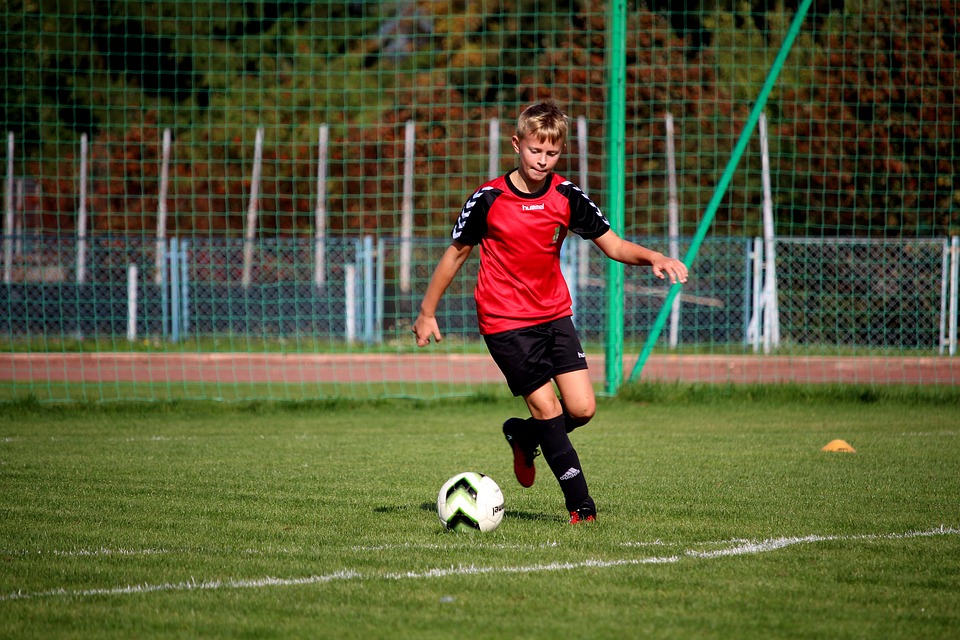Most parents of young children will be accustomed to them picking up bumps, grazes and knocks. It’s part of the learning/growing experience and the inclination is to encourage them to shrug injuries off.
But that isn’t always the right approach, especially when it comes to musculoskeletal injuries and other conditions that are frequently brushed off as ‘growing pains’. Children are resilient, but that doesn’t mean children’s injuries should go untreated.
Newcastle Sports Injury Clinic specialises in treating children’s injuries and is seeing a significant increase in the number of enquiries received about paediatric injuries across the North East.
However, we still encounter stories from parents who have opted to let certain children’s injuries recover on their own, without considering the long-term damage that this could potentially be doing.
The wrong way to deal with children’s injuries
Here are two examples from this blogger’s personal experience of injuries as a child that illustrate how badly injuries can be handled.
- My first ever football training session at the age of six, in the mid-1980s, saw me return home with my hamstrings in absolute agony. The parent-prescribed ‘remedy’ was a liberal application of Deep Heat, which is ideal if you want hot, bad-smelling skin, but not much use for anything else – certainly not for injured muscles.
- Feeling my knee ‘pop’ whilst playing football at school one lunchtime as a teenager. By the time I’d cycled home, it was swollen enough to justify a trip to A&E, where a doctor poked it a bit, applied an elastic tubular bandage, and sent me home. I was only excused from rugby training the next day when the PE teacher realised one knee was twice the size of the other one. It was never treated correctly, and 23 years later it still aches in cold/damp weather.
Times have, thankfully, changed and as a nation our collective general approach to injury management and prevention is improving, but there is still a long way to go.
More participation = more paediatric injuries
Sport is also taken a lot more seriously in the UK than it has been in the past. Our national success in global events such as the Olympics, allied to Lottery funding for improved facilities, has seen participation levels increasing over the past decade.
This means there are more opportunities than ever for young people to take part in an ever-increasing range of sports. Despite improved knowledge about how best to warm up and cool down, injuries still happen – and conditions such as Sever’s Disease, growing pains, Osgood-Schlatter Disease, etc, can still develop.
Over the next few weeks, we will be spending time looking at some of the specific kinds of paediatric injuries and conditions that can develop, and the ways in which they can be treated.
In the meantime, if you want to speak to us about treating a child’s injury, please use this form to contact us and we’ll be in touch. You can also read more about our children’s services here.
